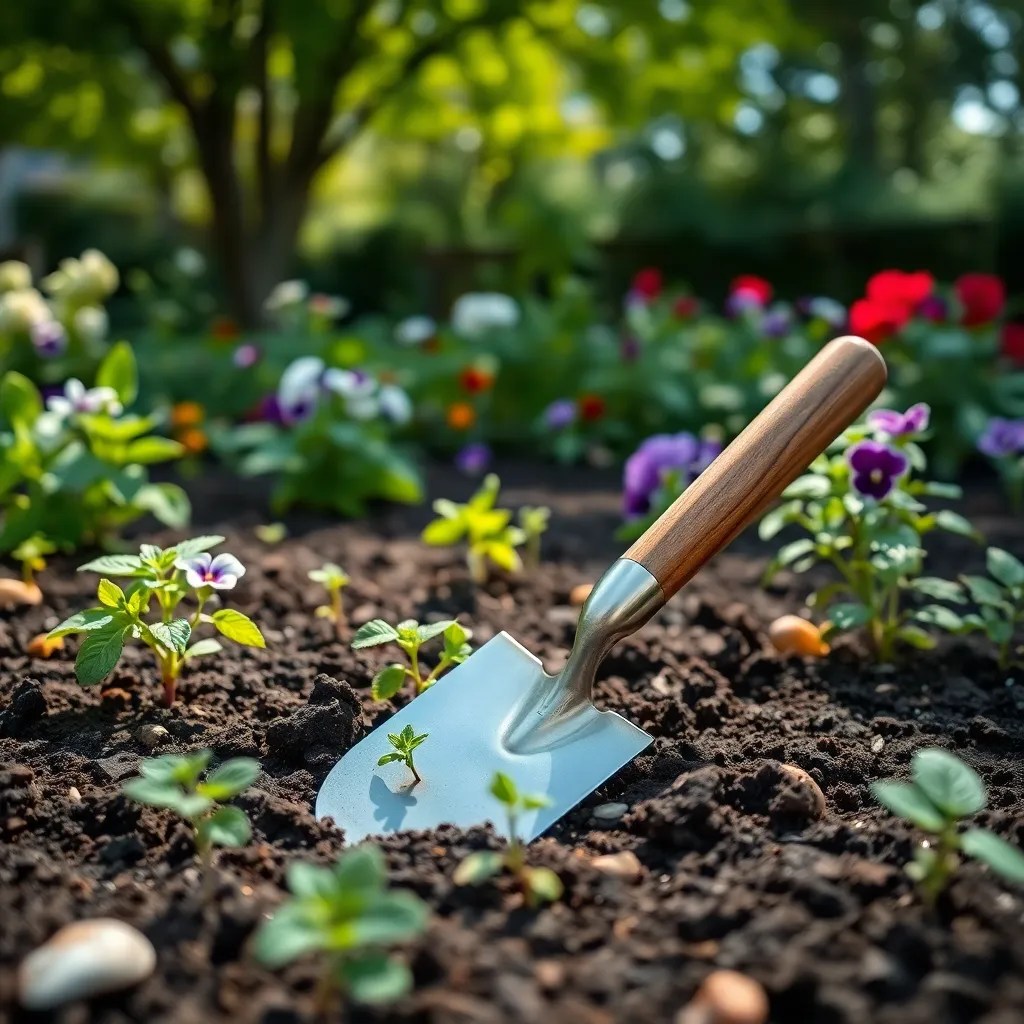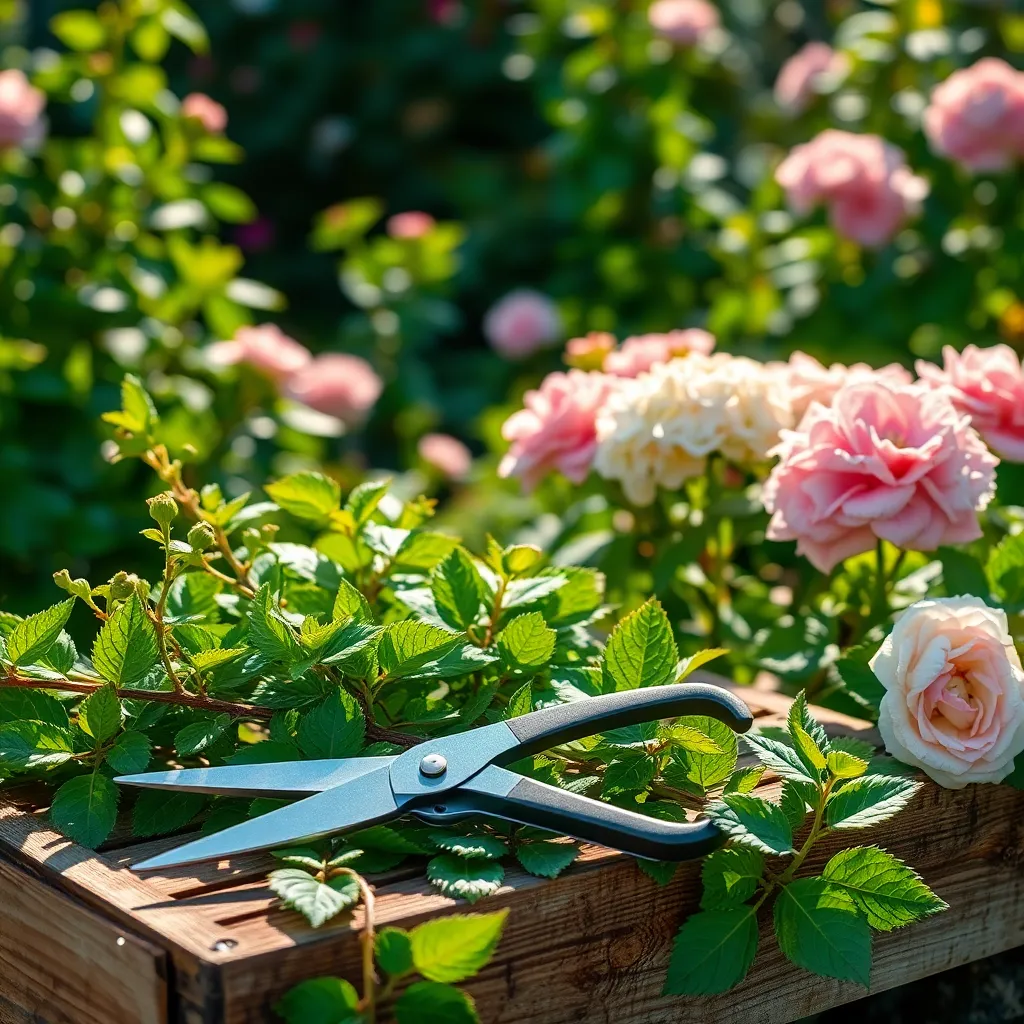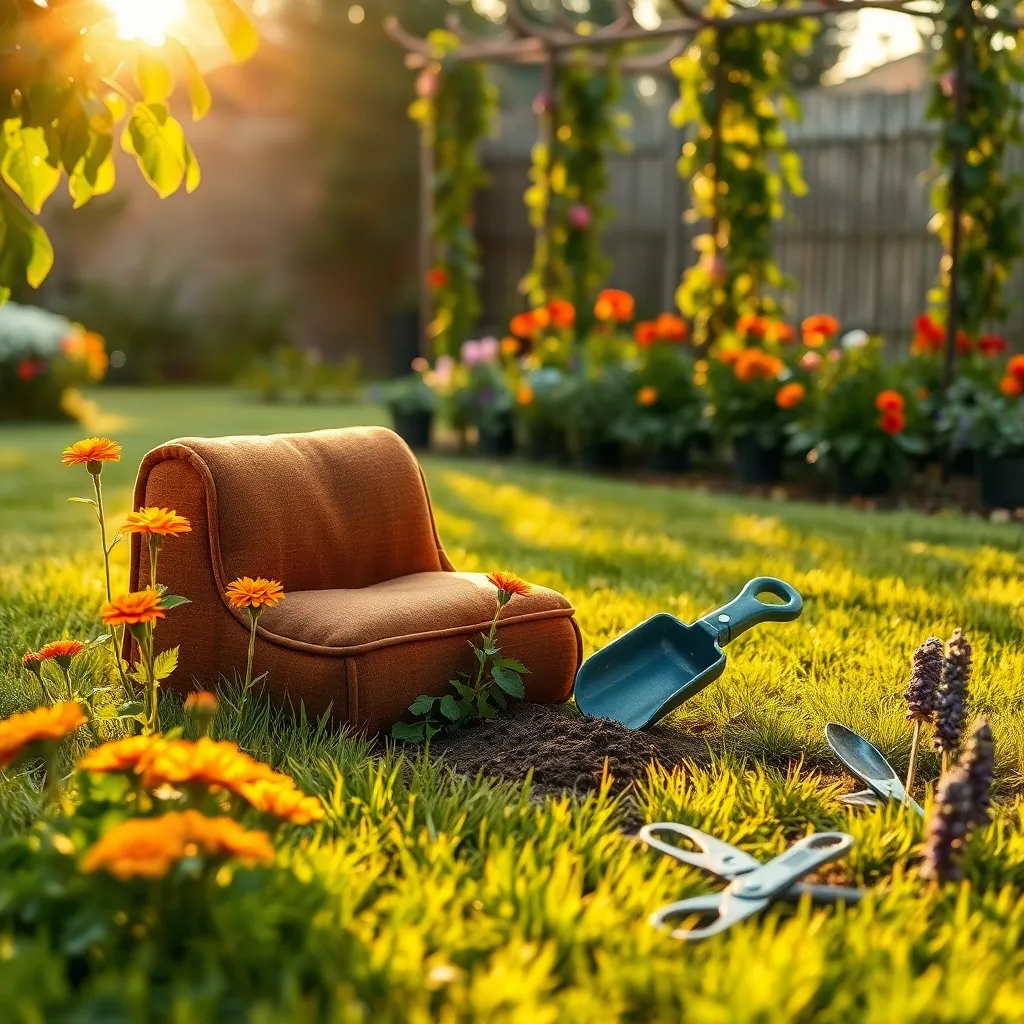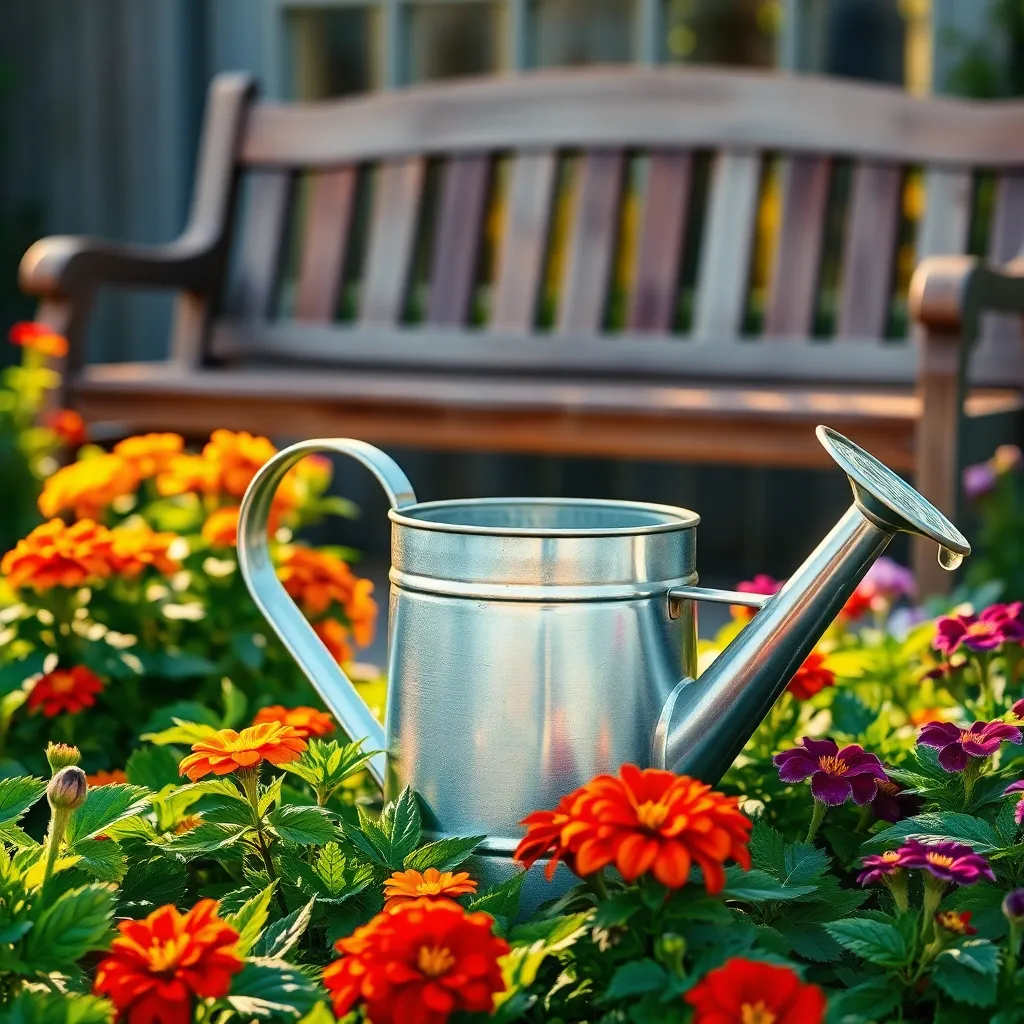Embarking on your gardening journey is like opening the door to a world of endless possibilities and vibrant beauty. Whether you’re a novice just planting your first seed or a seasoned green thumb looking to refine your tool collection, having the right garden tools is essential for nurturing your passion and reaping a bountiful harvest.
In “Best Garden Tools For Beginners,” we offer a carefully curated selection of tools that will not only simplify your gardening tasks but also enhance your overall experience. Each tool on this list has been chosen for its practicality and effectiveness, ensuring that your gardening efforts are met with success and satisfaction.
With the right tools in hand, you’ll be amazed at how quickly you can transform your outdoor space into a thriving oasis. So, dive into this guide with confidence, knowing that you’re equipped to cultivate a garden that’s as rewarding as it is beautiful.
Hand Trowel (Versatile and Lightweight)

The hand trowel is an indispensable tool for any gardener, especially beginners. Its lightweight design makes it easy to handle, perfect for transplanting seedlings or digging small holes.
When selecting a hand trowel, look for one with a sturdy, rust-resistant blade and a comfortable grip. This ensures it can handle various tasks, from breaking up soil clumps to scooping fertilizer or compost.
For effective use, ensure the soil is moist but not waterlogged before digging. This will make it easier to maneuver the trowel and reduce strain on your hands and wrists.
Advanced gardeners often use a hand trowel to aerate the soil around delicate plants, improving root health. By gently loosening the soil, you allow better water and nutrient penetration, promoting healthy plant growth.
Pruning Shears (Precision Cutting for Beginners)

Pruning shears are an essential tool for any gardener, especially for beginners looking to maintain the health and beauty of their plants. They allow for precise cuts that promote healthy growth by removing dead or diseased branches.
When choosing pruning shears, look for a comfortable grip and a sharp, durable blade. A pair with a non-slip handle will make the task easier, especially when performing repetitive cuts.
Before you start pruning, ensure your shears are clean to prevent the spread of disease. Regularly wiping the blades with a cloth dipped in a mild bleach solution is an effective way to maintain hygiene.
To begin pruning, identify branches that are dead, diseased, or crossing over others. Make your cuts at a 45-degree angle just above a bud to encourage new growth.
For more advanced care, consider the timing of your pruning. Many plants benefit from pruning in the late winter or early spring before new growth begins.
Garden Kneeler (Comfortable and Supportive)

A garden kneeler is an essential tool for both comfort and support while you’re tending to your plants. It helps mitigate the strain on your knees and back, making it easier to spend extended periods of time in the garden without discomfort.
Many garden kneelers also double as seats, providing you with a convenient place to sit while performing tasks at a higher level. This dual functionality is especially beneficial for beginners who may not yet have all the tools they need for various gardening tasks.
When choosing a garden kneeler, look for one with thick cushioning and sturdy handles to assist in standing up after kneeling. Ensure it’s made from weather-resistant materials so it can withstand exposure to the elements without deteriorating.
For gardeners with limited space, consider a foldable kneeler that can be easily stored when not in use. This practical feature allows you to maximize your gardening area, keeping the focus on your plants rather than your tools.
Watering Can (Balanced and Easy to Pour)

A balanced and easy-to-pour watering can is an essential tool for any gardener, especially beginners. This tool helps ensure that plants receive the right amount of water without overwatering or causing soil erosion.
When choosing a watering can, look for one with a capacity that suits your garden size, typically ranging from 1 to 3 gallons. Lightweight designs with comfortable handles make it easier to maneuver, reducing strain on your arms and back.
For optimal watering, aim to water plants early in the morning or late in the afternoon to minimize evaporation. This practice ensures that more water reaches the roots, which is crucial for plant health and growth.
Consider using a watering can with a detachable rose spout for versatility in watering different plant types. A fine spray setting is ideal for delicate seedlings, while a more direct pour can be used for larger, established plants.
Garden Gloves (Durable and Protective)

Garden gloves are an essential tool for any gardener, offering both durability and protection. They shield your hands from thorns, dirt, and potential irritants, making your gardening experience more enjoyable and safe.
When choosing garden gloves, look for materials like leather or nitrile, which provide both flexibility and strength. Leather gloves are particularly useful for handling thorny plants, while nitrile gloves are excellent for tasks requiring precision, such as planting seeds.
Make sure the gloves fit snugly to avoid blisters and ensure ease of movement. A good fit will enhance your dexterity, allowing you to handle delicate tasks without the risk of damaging plants or seedlings.
For those dealing with heavy-duty tasks, consider gloves with reinforced palms and fingers for extra protection. These features are especially beneficial when working with tools like shovels or pruning shears, as they can help prevent calluses and provide a better grip.
Conclusion: Growing Success with These Plants
In exploring the ‘Best Garden Tools For Beginners,’ we’ve unearthed five key relationship concepts crucial for cultivating a thriving bond: communication as the ultimate seed, patience as the nurturing water, understanding as the fertile soil, teamwork as the sunlight, and growth as the flourishing plant. Just like tending to a garden, nurturing relationships requires the right tools and consistent care.
As an immediate next step, choose one of these concepts to focus on today. Perhaps it’s setting aside time for open dialogue, or simply practicing patience in moments of misunderstanding. Small, intentional actions can lead to transformative growth.
To ensure these insights are always within reach, bookmark this article as a valuable resource in your relationship toolkit. It’s a ready reference for when you need guidance or inspiration in nurturing your connections.
Looking ahead, remember that every relationship has the potential to bloom beautifully. With dedication and the right tools, you can cultivate a partnership that thrives season after season. Embrace the journey, and let your relationships flourish.

